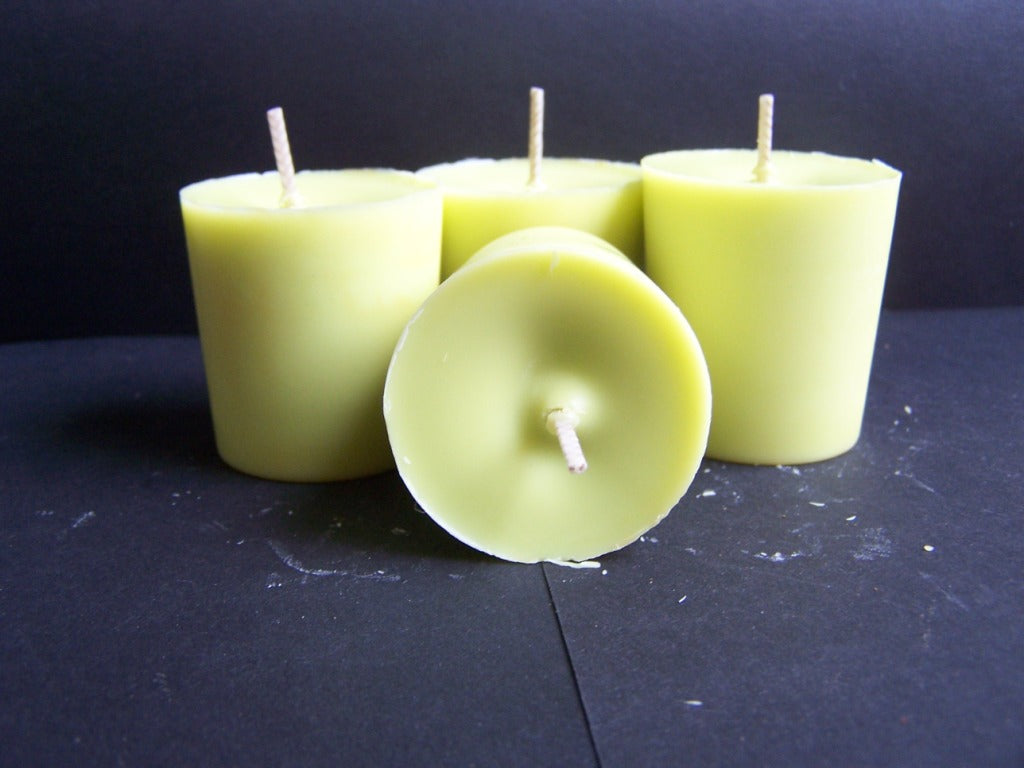Encounter the Peacefulness of Crystal Soy Candles and Home Fragrance
Encounter the Peacefulness of Crystal Soy Candles and Home Fragrance
Blog Article
From Wick to Wax: Recognizing the Chemistry Behind Soy Wax Candles and Their Environmental Effect
As we brighten our areas with the warm radiance of candles, there lies a realm of elaborate chemistry behind the relatively easy act of lighting a soy wax candle light. Join us as we untangle the scientific intricacies behind soy wax candle lights and explore their implications on our environment.
Soy Wax Vs. Paraffin Wax
When comparing soy wax and paraffin wax for candle production, it is crucial to comprehend the distinctive attributes and benefits of each material. Soy wax is an all-natural, renewable source originated from soybean oil, making it eco-friendly and biodegradable - soy candles. On the other hand, paraffin wax is a byproduct of oil refining, which elevates problems regarding its ecological influence and sustainability
Soy wax candle lights shed cleaner and discharge much less soot contrasted to paraffin wax candles, making them a healthier choice for interior air quality. In addition, soy wax has a lower melting factor, permitting for a longer-lasting candle light that disperses scent better. Paraffin wax, on the various other hand, has a tendency to burn faster and much less easily, potentially launching hazardous chemicals into the air.
From a sustainability perspective, soy wax is favored for its biodegradability and renewable sourcing, straightening with the expanding consumer choice for environmentally mindful items. While paraffin wax has been a standard option in candle light making as a result of its cost and ease of usage, the change towards environmentally friendly options like soy wax is obtaining energy in the sector.
Chemical Make-up of Soy Wax

Burning Refine in Soy Candles
The chemical composition of soy wax straight influences the burning procedure in soy candle lights, affecting variables such as burn time, aroma launch, and ecological impact. When a soy candle light is lit, the warm from the fire thaws the wax near the wick. This liquid wax is after that drawn up the wick due to capillary action. As the fluid wax gets to the fire, it vaporizes and undergoes burning. The burning procedure involves the vaporized hydrocarbons in the wax responding with oxygen in the air to generate warmth, light, water vapor, and carbon dioxide.
The combustion performance of soy candle lights is influenced by the pureness of the soy wax and the top quality of the wick. In addition, soy wax candle lights have a lower environmental impact contrasted to paraffin candles due to their eco-friendly and eco-friendly nature.

Ecological Benefits of Soy Wax

Considered a sustainable option to conventional paraffin wax, soy wax supplies remarkable environmental advantages that make it a preferred web link choice amongst eco-conscious consumers. Soy wax burns cleaner and generates much less residue than paraffin wax, contributing to much better indoor air top quality and lowering the demand for cleaning and upkeep. On the whole, the ecological benefits of soy wax straighten with the expanding need for sustainable and green products in the market.
Recycling and Disposal Considerations
Reusing and correct disposal of soy wax candle lights play an essential role in keeping ecological sustainability and minimizing waste in homes and areas. When it comes to recycling soy wax candles, the very first step is to make sure that the candle has shed completely.

In terms of disposal, if recycling is not an option, soy wax candle lights are naturally degradable and can be securely disposed of in many family waste systems. It is always recommended to check with regional recycling centers or waste monitoring services for particular standards on candle disposal to ensure correct handling and environmental protection.
Conclusion
In verdict, the chemistry behind soy wax candles exposes their environmental benefits over paraffin wax candles. Soy wax, derived from soybean oil, burns cleaner and produces less residue when contrasted to paraffin wax.
When contrasting soy wax and paraffin wax for candle light production, it is essential to understand the unique qualities and advantages of each material (crystal soy candles).Soy wax candles melt cleaner and discharge much less soot compared to paraffin wax candles, making them a much healthier selection for interior air top quality.Thought about a lasting option to conventional paraffin wax, soy wax uses noteworthy ecological advantages that make it a preferred selection among eco-conscious customers. Soy wax burns cleaner and produces much less residue than paraffin wax, contributing to better interior air quality and minimizing the need for cleaning and upkeep.In conclusion, the chemistry behind soy wax candles exposes their ecological advantages over get more paraffin wax candle lights
Report this page